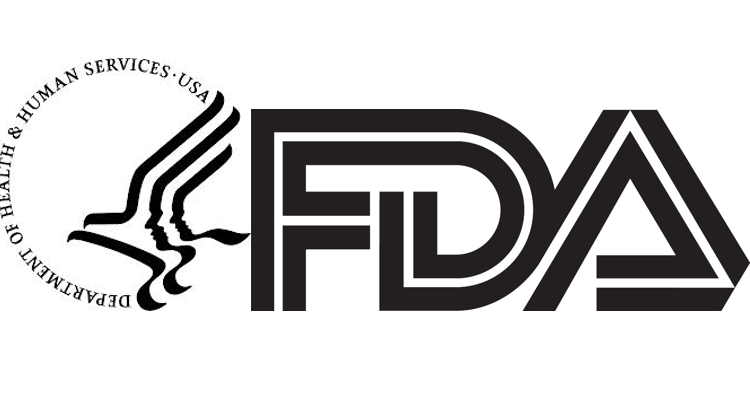Recently, the United States Food and Drug Administration (FDA) released “Medical Product Communications That Are Consistent With the FDA-Required Labeling – Questions and Answers,” a final guidance document for industry. The document was published, intending to provide clarity regarding the FDA’s thinking when looking at the consistency of a firm’s product communications with that product’s FDA-required labeling.
According to Scott Gottlieb, Commissioner of the FDA, “We received a number of questions from medical product companies about this topic. In response to these questions to our docket, we’re issuing this final guidance to provide greater clarity around questions such as: What types of information are considered consistent with FDA-required labeling? How does the FDA recommend companies communicate this information in a truthful and non-misleading way? The final guidance explains the FDA’s current thinking on these and other questions. The guidance also explains that the FDA does not intend to rely on communications that are consistent with the FDA-required labeling to establish a new intended use.”
While the guidance provides varied recommendations along with illustrative examples for truthful and non-misleading ways to communicate information, the recommendations and examples are not comprehensive. It covers and applies to drugs and devices for humans, including biological products, and to animal drugs.
Factors for FDA-Required Labeling Determination
In the guidance, FDA states that it uses three factors to determine whether the representations or suggestions in a product communication are consistent with the product’s FDA-required labeling. Failure to meet any one of the factors means that a product is not compliant with FDA-required labeling. The factors are:
- Factor 1: How the information in the product communication compares to the information in the FDA-required labeling for the following conditions of use: indication, patient population, limitations and directions for handling/use, dosing or use regimen/administration.
- Factor 2: Whether the representations/suggestions about use of the product in the product communication increase the potential for harm to health relative to the information reflected in the FDA-required labeling.
- Factor 3: Whether the directions for use in the FDA-required labeling enable the product to be safely and effectively used under the conditions represented/suggested in the product communication.
New Product Uses
FDA notes that it will not rely on a firm’s FDA-required labeling communication to establish a new intended use. Nor will FDA consider a product communication that is consistent with the FDA-required labeling as evidence of a firm’s failure to comply with the FD&C Act’s requirement that a medical product’s labeling bear adequate directions for use based solely on the fact that the communication presents data and information that are not reflected in the product’s FDA-required labeling. The document outlines illustrative examples of the types of information that could be consistent with the FDA-required labeling and examples of information that are not considered consistent.
Evidentiary Support
The guidance clarifies that truthful and non-misleading labeling and advertising includes revealing facts that are material to the product being promoted, including information about any risks of the product. FDA states for a communication to be truthful and non-misleading, representations or suggestions made by firms about their products must “be scientifically appropriate, statistically sound and accurately characterized in the promotional communication.
FDA also notes that the safety and effectiveness of the drug or device under the conditions of use in the FDA-required labeling have already been established during the premarket review process (and/or through the device classification process) and therefore, the FDA would not consider representations or suggestions in a CFL promotional communication to be false or misleading based only on the lack of evidence sufficient to satisfy the applicable approval/clearance standard.
The amount and type of evidence needed to support a particular CFL promotional communication depends in part on the topic addressed by the communication.
FDA also states that it generally believes that a variety of types of studies and analyses can provide useful additional information about a medical product for its approved/cleared conditions of use, but “some of these do not, in and of themselves, allow for reliable conclusions to be drawn about the effects of the product. To be considered truthful and non-misleading, firms’ product communications should not overstate the findings of or the conclusions that can be drawn from such studies or analyses, or fail to disclose their material limitations.”
The FDA also released the guidance on the same day that Health and Human Services (HHS) Secretary Alex Azar testified before the Senate Health, Education Labor & Pension Committee. FDA Commissioner Scott Gottlieb noted,
The Food and Drug Administration, [is] working with our sister agencies in the Department of Health and Human Services … [to] help nurture … change by providing clear guidance to pharmaceutical companies about open, responsible communication with payors, formulary committees and others. To advance these goals, the FDA is issuing updated, final guidance documents that provide greater clarity about our thinking and recommendations for certain medical product communications. In particular, this guidance will inform market participants developing contracts that include value-based arrangements how to communicate information about how a drug might impact outcomes that are important to purchasers like a health plan or hospital, but is not an endpoint that is expressly described in the drug’s approved labeling.

